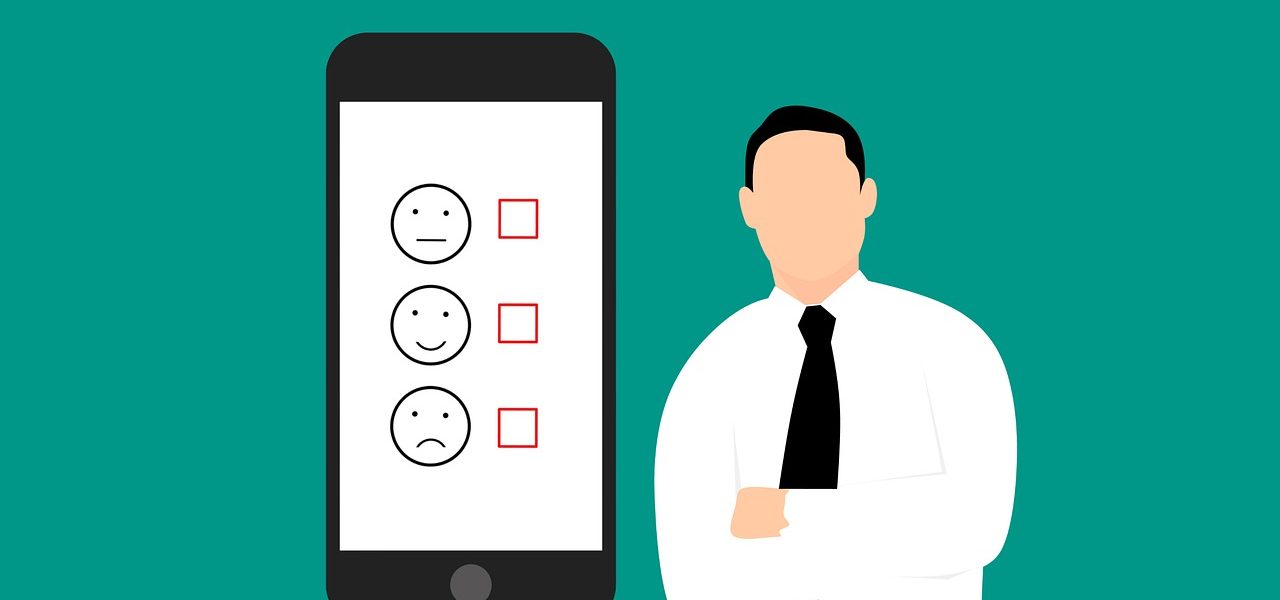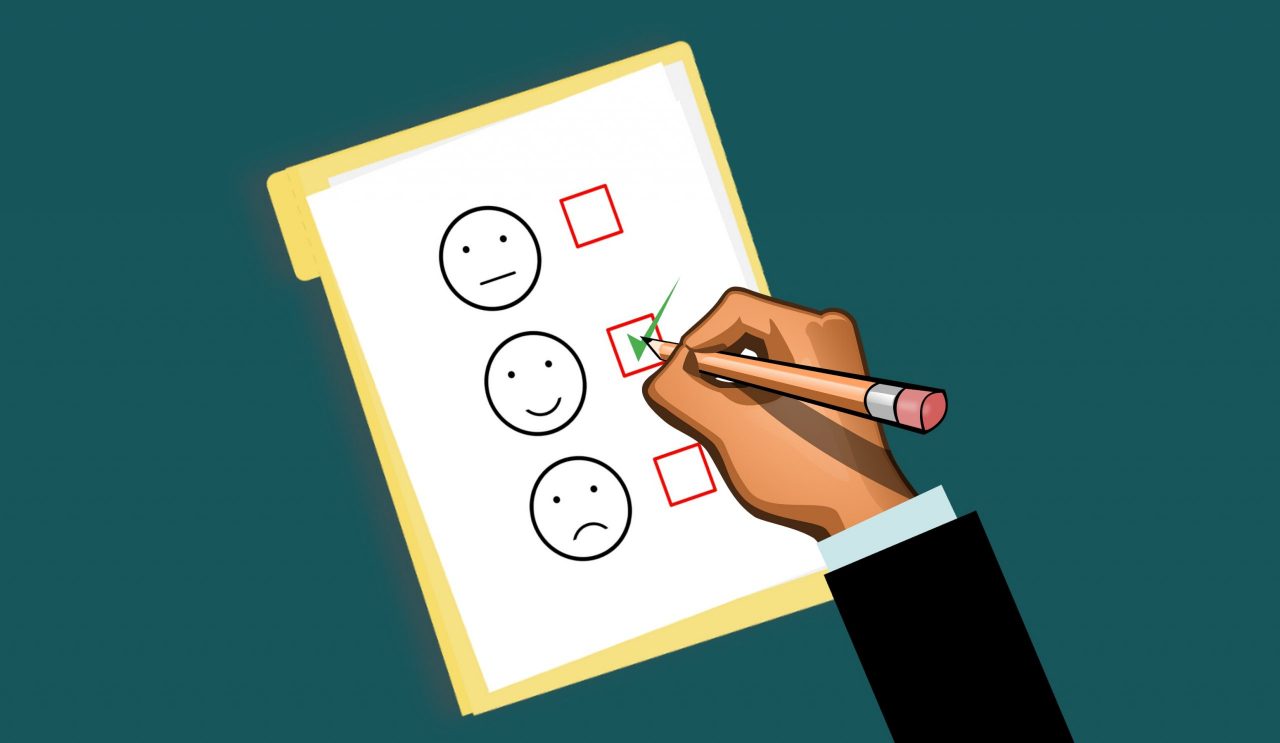Businesses worldwide realised that investing in customer experience (CX) and analysing customer experience statistics can drastically increase their ROI and retain customers. Companies that focus on perfecting customer experience and communication improve brand loyalty and increase traffic and sales.
On the other hand, customers are aware of marketing tricks and have higher expectations. Up to 76% of customers expect companies to understand their needs and decide to purchase from a brand based on CX alone. The importance of customer experience goes so far that one dissatisfied customer could spread the word about their negative experience to 15 other people.
Customer Service Facts (Editor’s Choice)
- 76% of customers expect companies to recognise their needs.
- According to customer service statistics, 74% of customers will make a purchase based on the experience alone.
- 50% of businesses say that creating diverse content is a challenge.
- 47% of respondents claim that retail offers the best CX in the UK.
- 30% of customers say that not being able to talk to a real person is the most annoying part of a bad CX.
- 90% of B2B leaders claim that customer experience is the key to success.
- 41% of businesses already use AI to boost CX.

Customer Experience Statistics and Facts
Customers expect to have a personal relationship with the brand. This is best achieved by improving CX. People are keen on shopping based on their experience, and brands that care about customer satisfaction are more likely to retain customers.
1. 76% of customers expect companies to recognise their needs.
(Hubspot)
Building a client-centric company has never been more essential to customer retention. According to customer experience statistics, 76% of people expect businesses to understand their needs and meet their expectations. This is one of the biggest challenges for companies as it doesn’t leave much room for mistakes.
2. 61.5% of marketing professionals agree that poor CX means a loss of customers.
(Smart Insights)
Aside from attracting new customers, good CX should retain the old ones. According to bad customer experience statistics, 61.5% of marketing professionals know that poor CX means that their company will lose customers. 52.5% agree that it’s a risk for the company’s reputation, and 43.3% of marketers claim that it leads to losing repeat customers.
3. 79% of marketers say that the goal of CX is to retain customers.
(Smart Insights)
Most marketers agree that the goal of good CX is to keep customers coming back. They analyse customer experience data and develop strategies to increase value and improve personalisation. The strategies go beyond just focusing on ROI as ROI will come as a byproduct of good CX.
4. 50% of businesses say that creating diverse content is a challenge.
(Adobe)
Customers want more, and they want it now. 50% of companies say that it’s challenging to produce new and diverse content. According to statistics on customer satisfaction, content should also be more targeted and delivered promptly. To achieve this, businesses need to invest more in their content creation teams.
5. 57% of marketers say that collecting customer feedback is essential to good CX.
(Smart Insights)
Feedback is one of the methods that marketers use to track customer experience trends. Collecting customer feedback through surveys is a form of communication where customers directly say what they love and what needs improvement. Marketers can then focus on performance metrics and personalised experiences.
6. 74% of customers will make a purchase based on the experience alone.
(Astute Solutions)
CX is more than just interaction between a buyer and a brand—it’s about the quality of that interaction. Retail customer experience trends show that 74% of customers will purchase based on their CX, and 77% consider the CX to be equally important as the company’s service or a product.
7. 52% of all internet traffic comes from mobile devices.
(Hubspot)
Mobile app usage has increased over the years, so much so that people are starting to ignore their desktop computers. That’s why there’s a noticeable decrease in internet traffic from computers.
Therefore, if customers stumble upon an online store but notice that it’s not optimised for mobile phones, they’ll quickly leave. This is why companies must also focus on mobile customer experience.
8. 47% of respondents claim that retail offers the best CX in the UK.
(Statista)
According to 47% of satisfied customers, the UK retail industry offers the best customer experience. Technology and consumer goods are right after retail, with 42% and 36% satisfaction, respectively. The bottom three industries are government, manufacturing, and automotive, with 7%, 10%, and 10%.
9. Retail has an 80.5 UKCSI score.
(The Institute of Customer Service)
According to the customer experience statistics from 2021, retail (non-food) has the highest UKCSI score of 80.5, with John Lewis being the top-rated organisation, followed by M&A with an 84.1 score. When it comes to the leisure sector, Netflix ranks the highest with an 83.1 score.
10. Customers are least satisfied with email, app, and web chat communication channels.
(The Institute of Customer Service)
Even though the average customer satisfaction is relatively similar in 2020 and 2021, customers have reported higher satisfaction with in-person communication, rising from 78.6 points in January 2020 to 79.3 points in January 2021.
Customers are least satisfied with email, app, and web chat communication channels, dropping by 0.5, 0.3, and 1.7 points in January 2021, respectively.
Customer Service Complaints Statistics
Customer service is of utmost importance for good CX. Friendly and approachable customer service reps are always better than those who seem careless. What’s more, solely using chatbots just adds to the frustration.
11. 30% of customers say that not being able to talk to a real person is the most annoying part of a bad CX.
(The Contact Company)
The number of companies that use chatbots is increasing. They’re cost-effective, can be used to answer basic questions, and work 24/7. However, according to customer success statistics, the inability to talk to a real person is frustrating to 30% of customers. This goes to show that there’s nothing better than having a human-to-human interaction.
12. 91% of dissatisfied customers will simply leave.
(Nextiva)
Improving CX is an essential step in increasing customer loyalty and retention. 91% of customers will walk away from a brand they are not satisfied with. Moreover, they won’t even complain, so businesses won’t know what made them leave.
13. UK businesses are losing £37 billion because of poor CX.
(RingCentral)
According to the latest customer service statistics, UK businesses are losing £37 billion each year because of poor customer experience. Companies are struggling to beat their competition and retain even the most loyal customers.
14. 13% of dissatisfied customers said they would spread the word to 15 more people.
(Superoffice)
Customer satisfaction statistics show that unhappy customers won’t complain to the business. Instead, they’ll go to their friends. About 13% of dissatisfied people will spread the word to 15 more people. This negative word of mouth easily results in the loss of prospects.
15. Customers are willing to wait only 45 seconds for a response in a live chat.
(The Contact Company)
Waiting for more than 45 seconds to get a response is considered poor customer service, statistics show. The longer the customer has to wait, the probability of them leaving is higher. People demand quick communication to solve their problems, and it’s up to the companies to improve customer service.
16. Rude customer service representatives repel 42% of customers.
(The Contact Company)
If customers decide to contact customer service, that means that a FAQ page or a chatbot is not helpful enough. If a customer service representative is rude or uncaring, customers won’t think twice about buying from a different company or using their services.

B2B Customer Experience Statistics
Customer experience is equally vital in B2B communication. B2B buyers expect to be treated similarly to B2C buyers, and their behaviour is becoming more complex.
17. 90% of B2B leaders claim that customer experience is the key to success.
(Accenture)
According to customer service statistics released by Accenture, 90% of B2B leaders agree that customer experience is crucial for their business strategy. Businesses invest a lot in learning what customers want, which results in increased ROI. B2B leaders understand that a service-over-sales approach will benefit them greatly.
18. 41% of businesses already use AI to boost CX.
(Marketing Insider Group)
AI can be used to boost good customer service statistics, and 41% of businesses are already focused on utilising it. From searching for keywords to scheduling posts, companies embraced automation and the latest technology to improve CX.
Conclusion
Customer experience statistics show that customer experience is as important as the product or service. Companies worldwide became aware of the behavioural change, and the consumers’ need to be understood.
When it comes to UK companies and customers, the retail industry has the highest level of satisfaction. Many companies worked hard during the pandemic to boost their CX, and customers appreciate the effort. Still, UK businesses are losing £37 billion because of poor CX, and there’s a lot of room for improvement.
Frequently Asked Questions
Excellent customer service is what sets businesses apart from the rest. Companies that understand the importance of customer service statistics experience increased brand loyalty, higher customer retention, and positive word of mouth.
Customer experience starts when a potential customer decides they need to solve a problem or purchase a product. Professional customer representatives answer questions promptly and address concerns. Great customer service is personalised, seamless, and memorable. According to customer experience statistics, it has all the necessary qualities to help businesses build a strong customer relationship.

